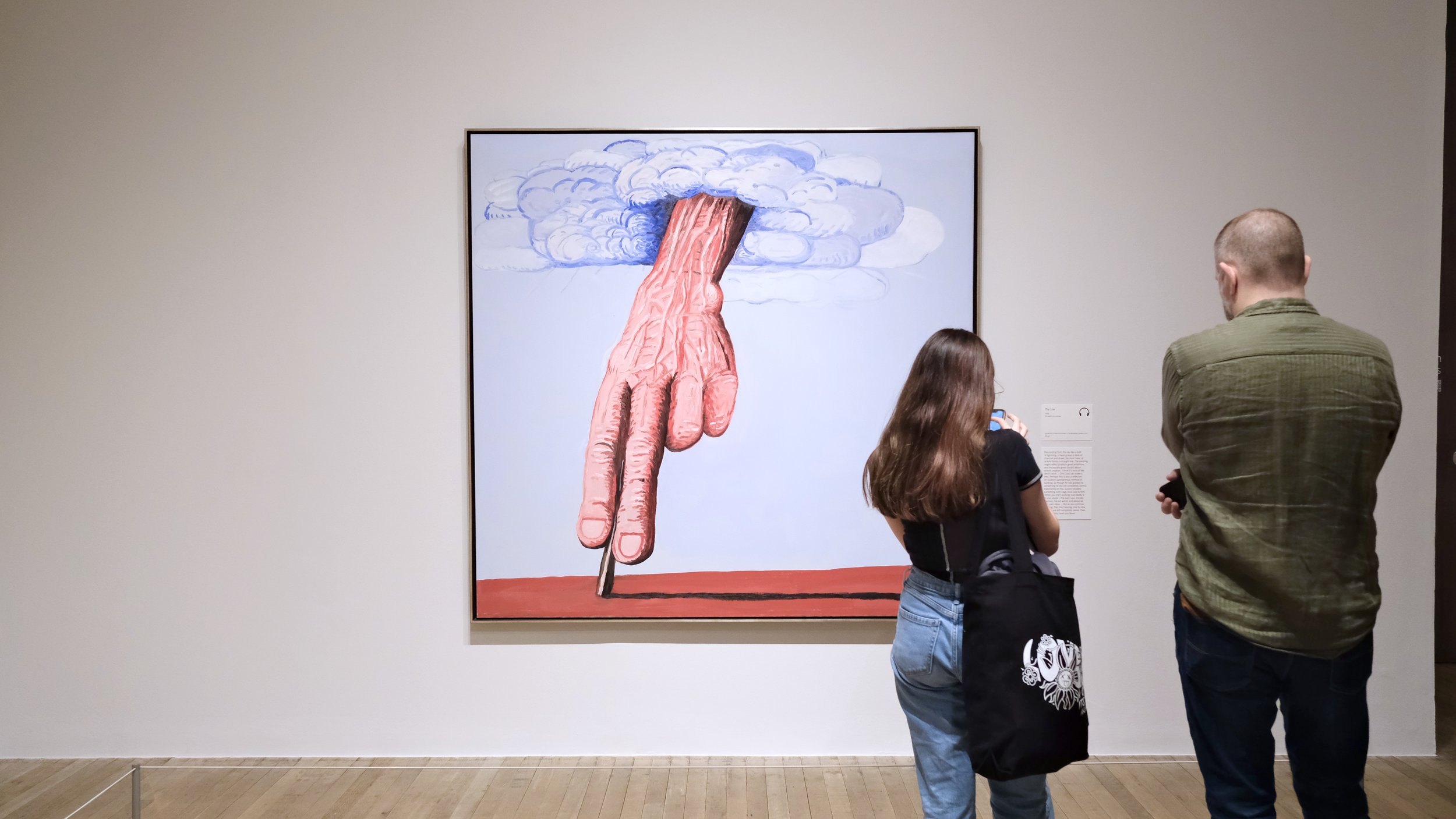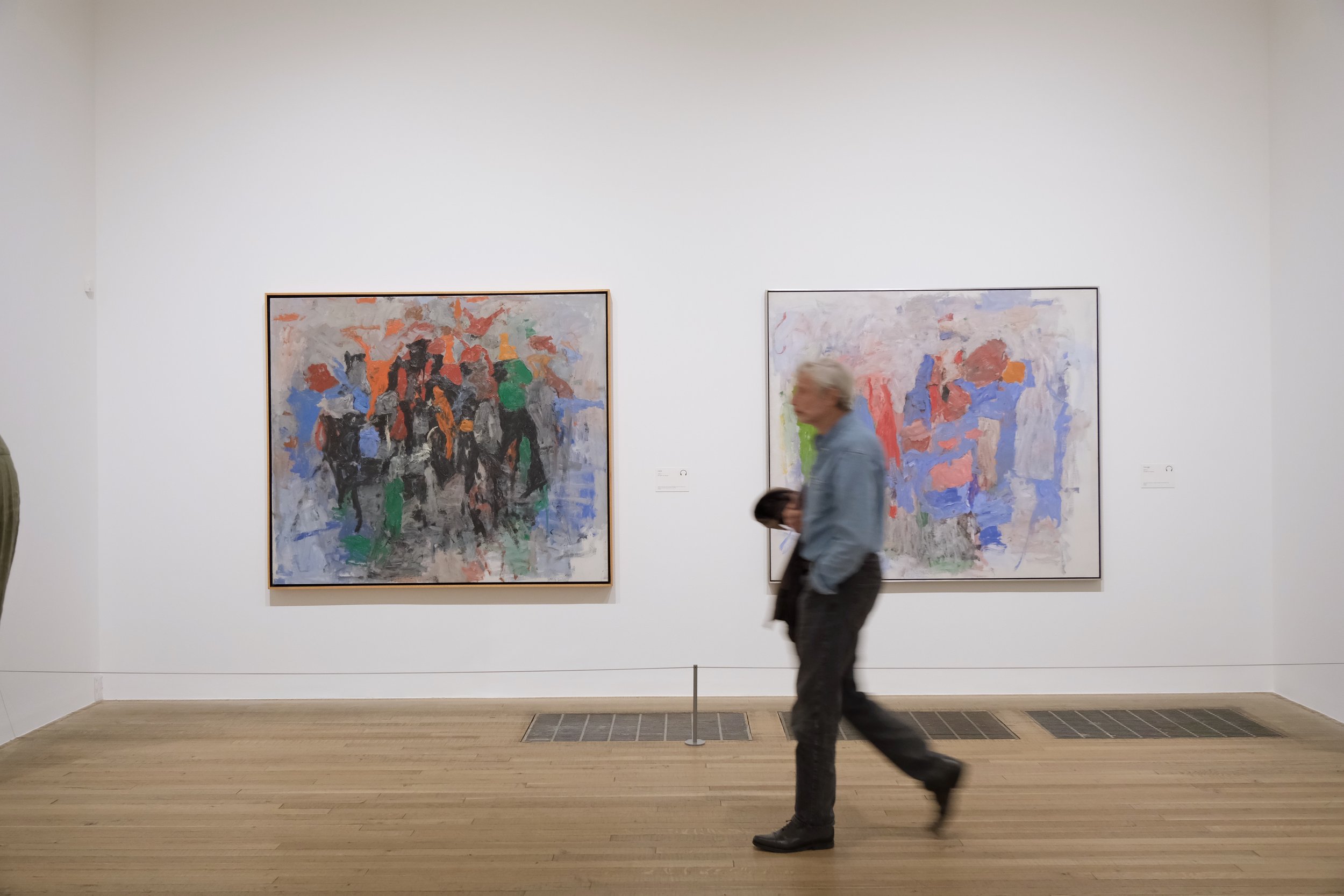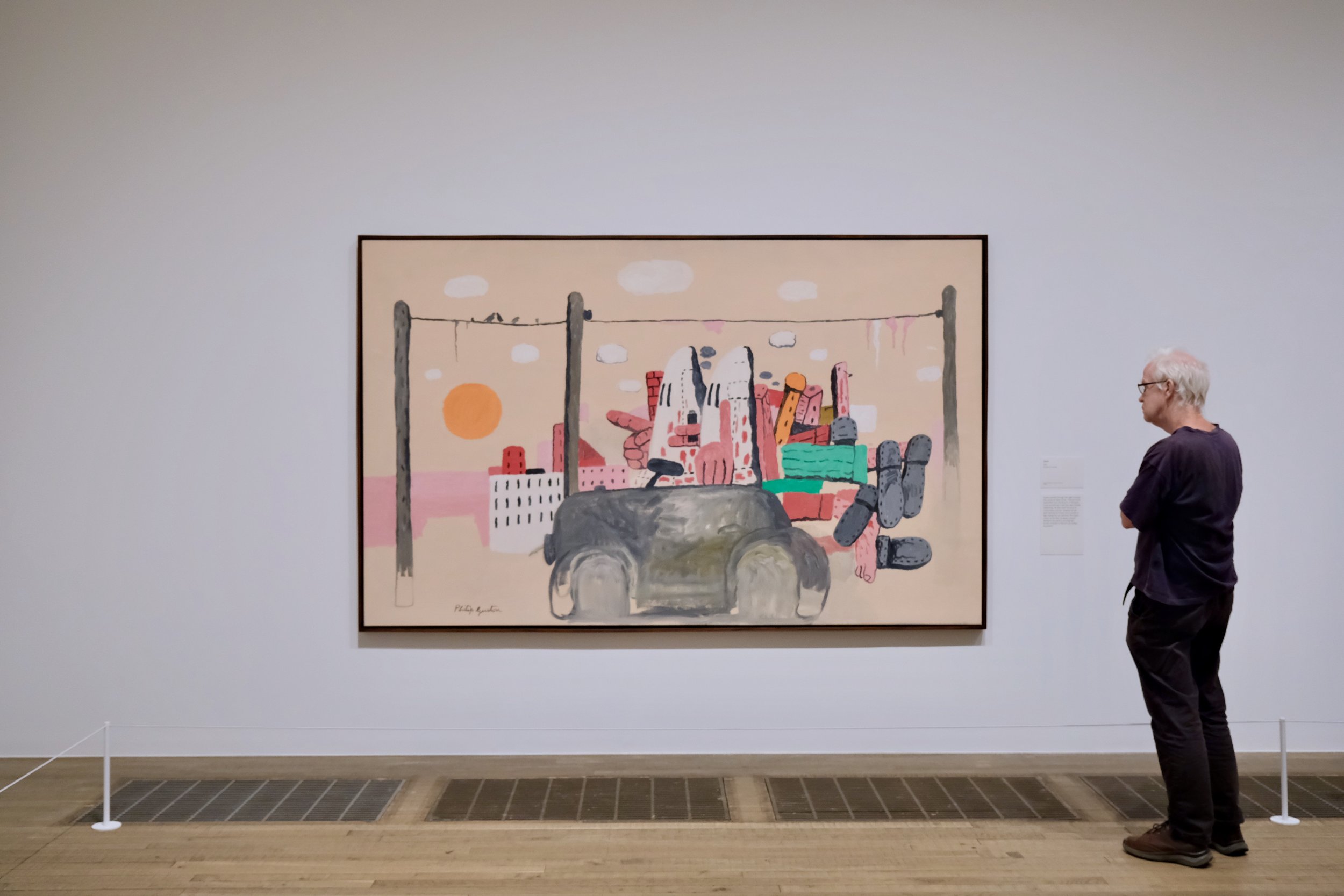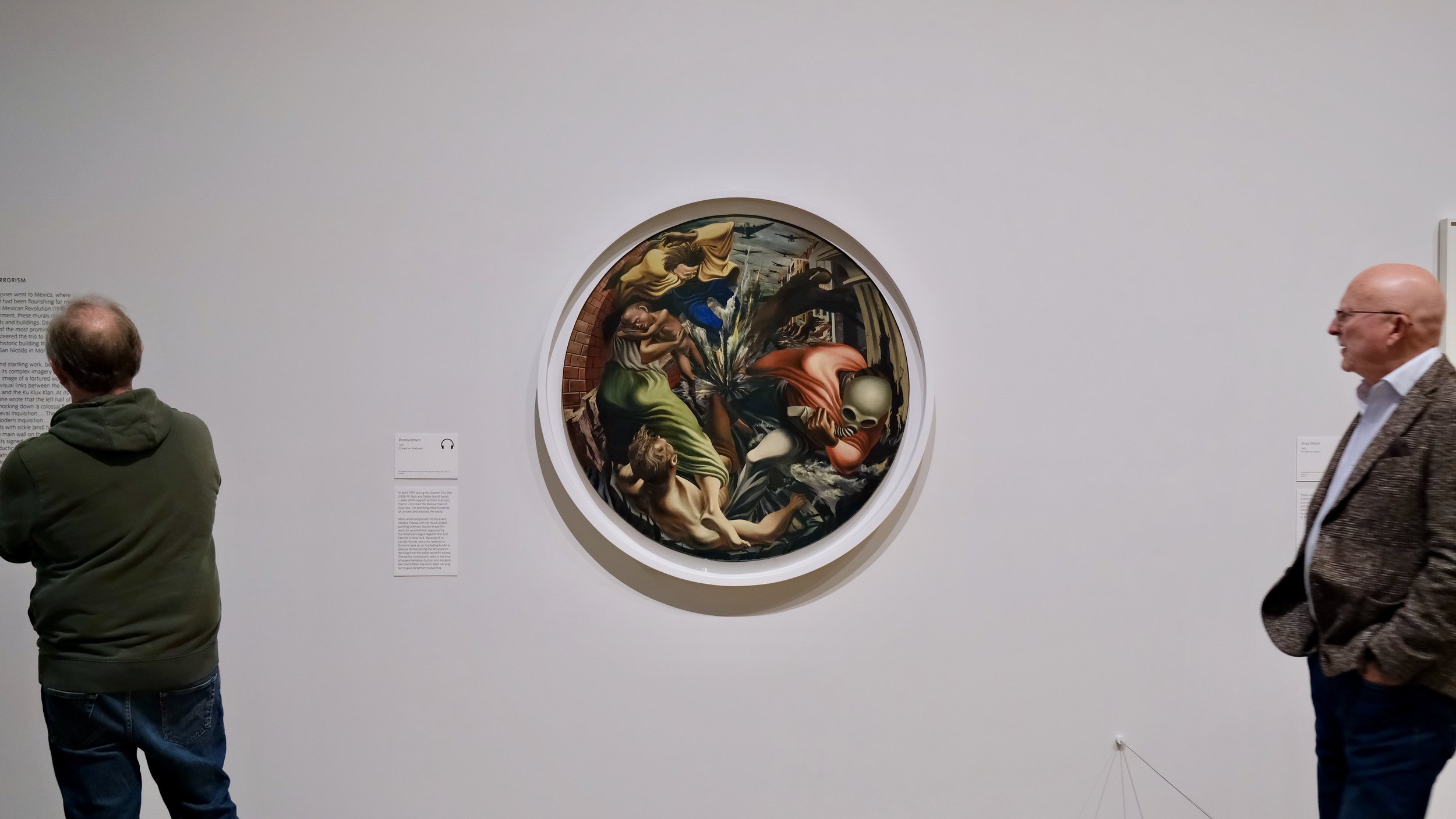The First Major Retrospective of Philip Guston in the UK in 20 years
The Line, 1978 Philip Guston Photo: Razvan Chiorean gallery
Philip Guston's Tate Modern exhibit offers a fascinating journey through the work of an artist who spent over 50 years capturing the anxious and turbulent world he witnessed. In his earlier works, Guston addressed pressing issues of racism in America and the conflicts abroad through powerful, thought-provoking pieces. His commitment to confronting these social injustices within his art set the stage for the evolution of his style and themes.
It was during the social and political upheavals of the 1960s that Guston underwent a profound transformation as an artist. He grew critical of abstraction, finding it increasingly disconnected from the turbulent realities of the world around him. This marked a turning point in his career, as he shifted away from abstraction to produce large-scale paintings that featured enigmatic, comic-like figures.
These figures, often portrayed in a seemingly nonsensical, grotesque manner, included characters donning white hoods, which Guston used to represent the embodiment of evil and the everyday perpetrators of racism. These paintings and those that followed established Guston as one of the most infuelntial painters of the late 20th century.
Dawn, 1970 Philip Guston, Photo: Razvan Chiorean gallery
If This Be Not I, 1945 Philip Guston Photo: Razvan Chiorean gallery
Fine Art You Love
***
Connect with us on Instagram!
Exhibitions Recommended to You
Inspiration & Education
Step Into Tomorrow
Ready Yourself for the Digital Revolution
Heritage Inspired Art
Digital Wellness
Cultivating a Balanced Life in a Connected World
Explore More
Find us on social media!



































This show tells the story of Rapha by showing important events from its history, and shares ideas about where cycling is heading in the future.